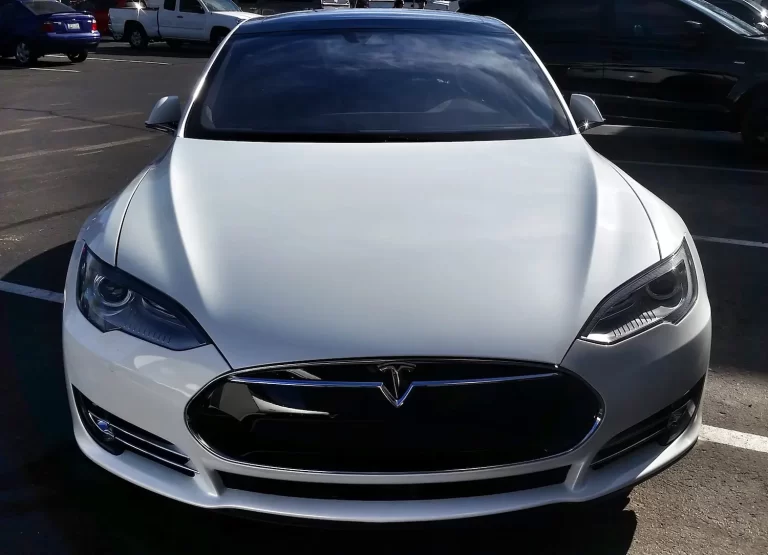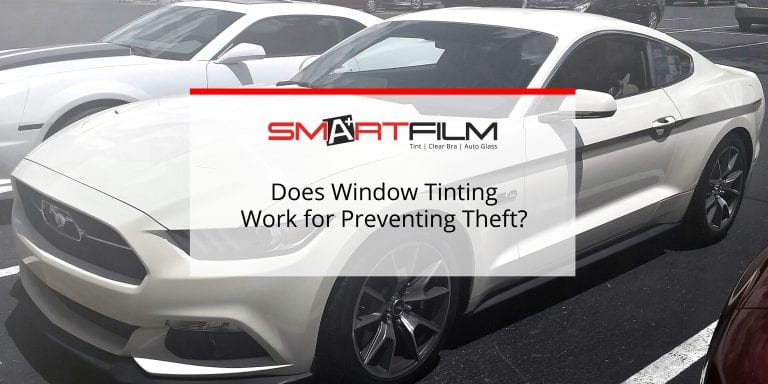Understanding Windshield Tint Law Arizona: Legal Limits, Exceptions & Penalties
If you’ve ever driven through Arizona’s blazing sun, you know that tinted windows aren’t just about style; they’re about survival. But before you go too dark on your window tinting, it’s crucial to understand what’s legally allowed under Arizona window tint laws. Because while a deep shade might keep your car windows cool, it can also land you a hefty fine if it crosses the state’s legal limits.
Arizona’s tint laws are specific about how much visible light transmission (VLT) must pass through your vehicle’s windows. For example, your front side windows need to let in at least 33% of light, while rear windows and the back window can go darker, depending on whether your vehicle has dual side mirrors.
The AS-1 line on your windshield? That’s where non-reflective tint can safely end. Anything lower can turn your stylish ride into a safety hazard (and a ticket magnet).
Beyond aesthetics and sun protection, these Arizona tinting laws exist for visibility and driver safety. Too much window tint darkness can reduce your ability to see road hazards at night, while poor installation or reflective film might distort your window glass and create glare.
At Smartfilm, we make sure your Arizona window tint hits the sweet spot: cooler interiors, UV protection, and full compliance with state law. Because protecting your car from harmful UV rays shouldn’t come at the cost of your wallet or your legal record.
Let’s explain exactly how Arizona’s tint laws work and how to stay on the right side of the law.
Arizona Tint Laws: Overview
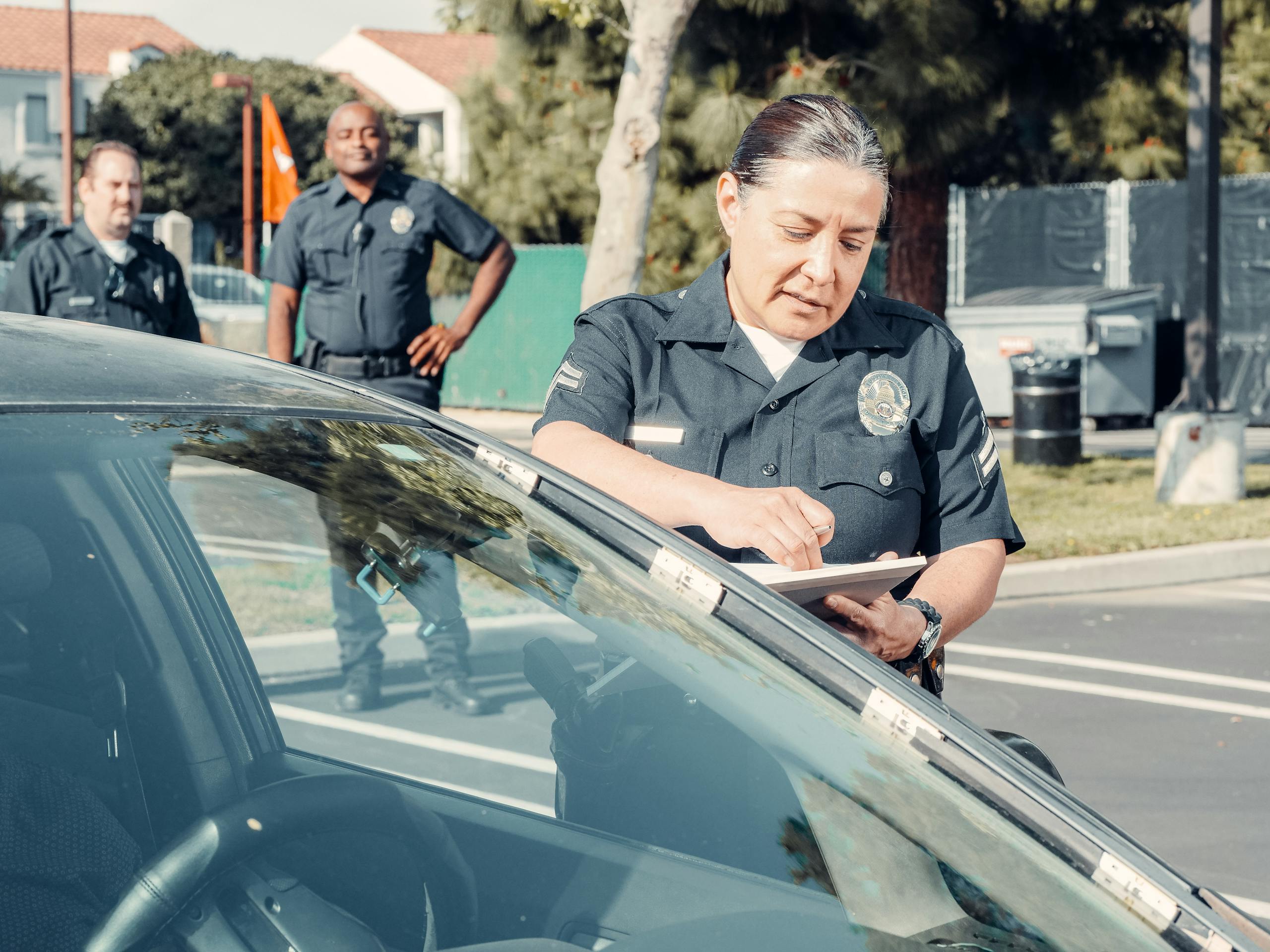
Now that you know why tint laws matter, let’s get into the specifics. Arizona window tint laws outline exactly how dark you can go and what kind of tint you can legally use on your vehicle’s windows.
These rules aren’t here to spoil your car’s look; they’re designed to keep you, your passengers, and everyone else on the road safe.
The state regulates window tint darkness and reflectivity to maintain proper visibility for drivers, especially during night driving or poor weather conditions. At the same time, the law allows for enough flexibility to protect you from UV rays and the harsh Arizona sun.
These tint laws apply to every part of your vehicle: the windshield, front side windows, back side windows, and rear window.
Police officers use professional tint meters to measure the visible light transmission, which is how much light passes through your tint. If your tint falls below the legal limit, you could face fines or be required to remove it.
Legal Tint Percentages for Each Window Type

When it comes to Arizona window tint laws, the numbers matter more than you might think. Every section of your vehicle’s glass has its own legal tint limit, measured by VLT, which refers to how much light can pass through your tint and reach the cabin. Staying within these limits ensures you enjoy cooler drives without crossing into illegal territory.
Front Windshield Tint Limit
Under Arizona law, the front windshield can only have non-reflective tint applied above the manufacturer’s AS-1 line or the top six inches of the glass. Anything below that reduces driver visibility and can become a safety hazard, especially at night.
This rule helps prevent glare from the sun while keeping your view of the road clear and unobstructed. Smartfilm technicians always check your windshield markings to make sure the tint line complies with state regulations.
Front Side and Rear Side Window Tint Rules
Your front side windows must allow at least 33% of visible light to pass through, meaning they can’t be too dark. For rear side windows, Arizona allows a darker tint, giving you privacy and UV protection while maintaining safety. This balance ensures your passenger windows look sleek yet remain within legal limits.
Rear Window Tint Percentage
The rear window offers the most flexibility. You can choose a darker tint here, as long as your vehicle is equipped with dual side mirrors to compensate for reduced visibility. This is where many Arizona drivers opt for performance-grade window film to block heat and harmful UV rays, while still maintaining compliance.
Arizona Window Tint: Medical Exemptions
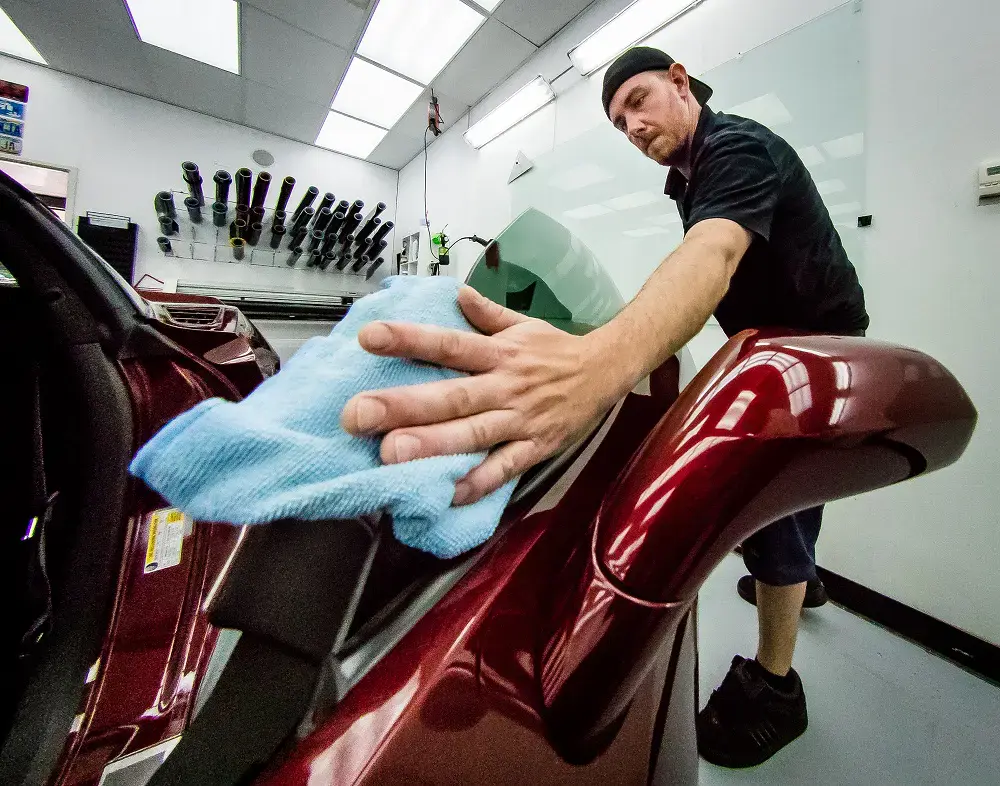
While Arizona window tint laws are designed to ensure visibility and safety, the state also recognizes that not every driver has the same needs.
That’s why medical exemptions exist, offering flexibility for those who require a darker tint due to certain health conditions.
Here’s what you need to know if you believe you qualify:
- Who qualifies?
Drivers with medical conditions that cause sensitivity to sunlight, such as lupus, albinism, or photosensitivity, may be eligible for an exemption. These individuals are allowed to use tints darker than the standard legal limits.
- How to apply:
You’ll need a certified statement from a licensed medical provider confirming the medical need for reduced light exposure. This documentation is then submitted through the Arizona Department of Transportation (ADOT) for review.
- Which vehicles qualify?
The exemption applies to any vehicle you own or regularly operate, not just the one you’re driving at the time of application.
- How long does it last?
Each exemption is valid for a specific period (as stated by ADOT) and must be renewed before expiration to remain compliant.
- What to carry:
Always keep your medical exemption paperwork in your vehicle. Law enforcement officers may request it if your tint is darker than what’s typically legal.
Penalties and Fines for Illegal Tint in Arizona
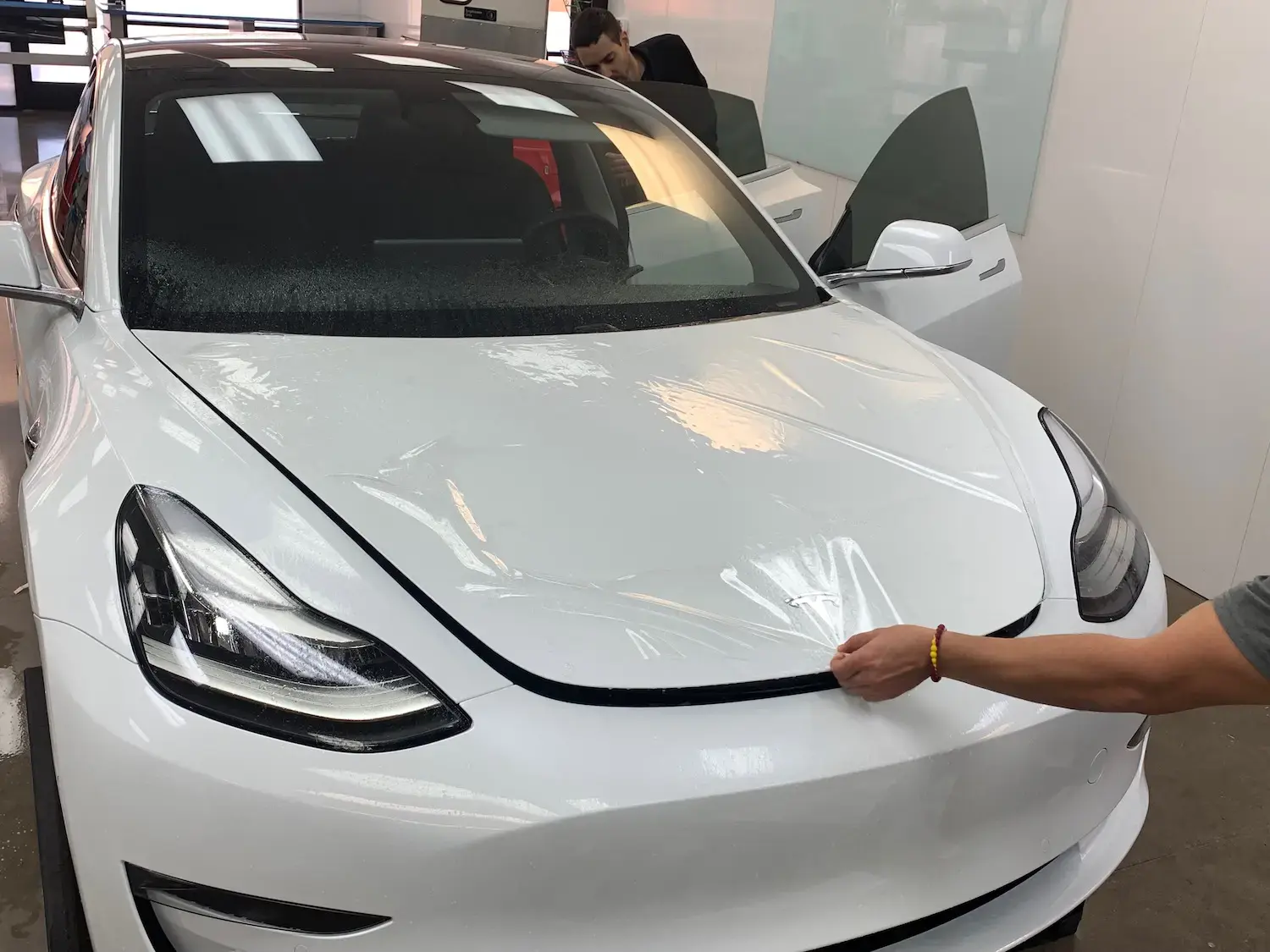
There’s a fine line between looking cool and breaking the law and when it comes to Arizona’s window tint laws, that line is measured in light, literally.
Many drivers think a darker tint adds mystery or makes their car look high-end, but if it blocks too much visible light transmission, you might end up with a ticket instead of compliments.
Here’s how it happens: you’re cruising through the sunny streets of Phoenix, music on, windows gleaming, until flashing lights appear in your mirror. The officer walks up, pulls out a tint meter, and clamps it on your front side window.
This handy little device instantly measures how much light passes through your tint. If it’s below 33% VLT, congratulations, you’ve just joined the “too-dark” club.
First-timers usually get off with a “fix-it” ticket, giving you a chance to replace your tint with something legal. But skip the fix, and the fines can pile up quickly, anywhere from $100 to $250, depending on where you’re cited. Multiple offenses? Expect more than a slap on the wrist.
So before your sleek ride turns into an expensive mistake, let Smartfilm handle the job. With Arizona-legal XPEL films and professional installation, you’ll stay cool, stylish, and completely street-legal. After all, the only thing darker than an illegal tint is the mood you’ll be in when that ticket hits your glove box.
How Smartfilm Keeps You Legal and Protected
At Smartfilm, we believe protecting your car from Arizona’s intense sun shouldn’t mean risking a ticket. That’s why every installation we perform balances style, comfort, and compliance. Our mission is simple, keep you legal, cool, and confident on every drive.
If you’re unsure whether your current tint meets Arizona regulations, visit Smartfilm for a free tint compliance check. Our technicians use the same tint meters as law enforcement to measure your film’s VLT and confirm compliance. If your tint is too dark, we’ll guide you through simple, affordable solutions.
Contact Us!
Our expert window tinting and paint protection film services in Mesa, Tempe, Gilbert, and the surrounding Arizona metro area will keep your car cooler, protect your loved ones from UV rays, and maintain its pristine condition. Visit our website or shop to explore the perfect tint for your vehicle!
FAQ’s
Can I Tint My Front Windshield in Arizona?
Yes, but only the top six inches or above the AS-1 line with non-reflective tint. Anything lower is illegal and can block your visibility.
Will 20% Tint Get Me Pulled Over in AZ?
Probably. 20% tint is too dark for front side windows (must be at least 33% VLT). It’s legal for rear windows if you have dual side mirrors.
What Are the Windshield Laws in Arizona?
Arizona allows non-reflective tint only on the top six inches of your windshield. Reflective or colored tints aren’t allowed. Always check with a Smartfilm technician before installing.

